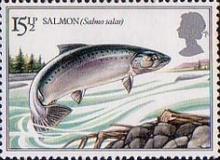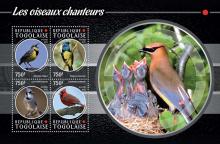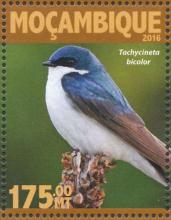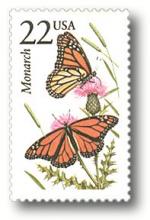Monsanto Cancer Suits Turn to EPA Deputy's 'Suspicious' Role
A former Environmental Protection Agency official may not be able to escape testifying about his alleged role in helping Monsanto Co. suppress inquiries into whether its Roundup weed killer causes cancer. A manager who left the agency’s pesticide division last year has become a central figure in more than 20 lawsuits in the U.S. accusing the company of failing to warn consumers and regulators of the risk that its glyphosate-based herbicide can cause non-Hodgkin’s lymphoma.










